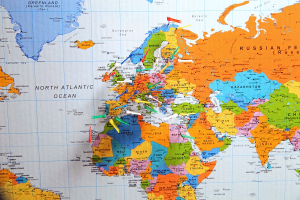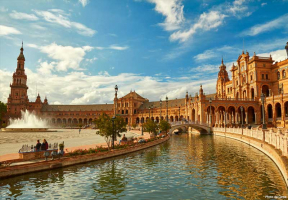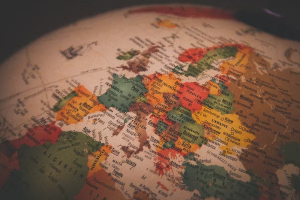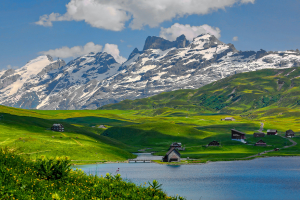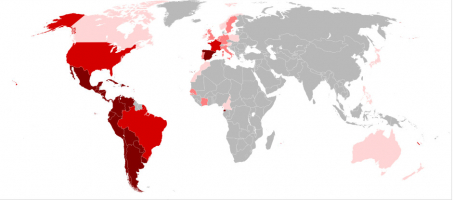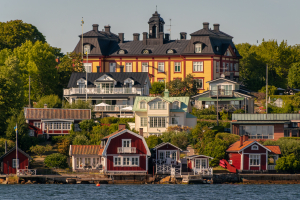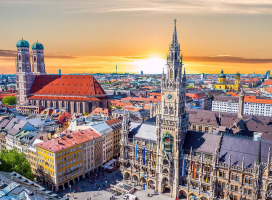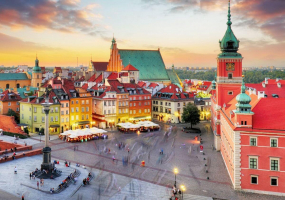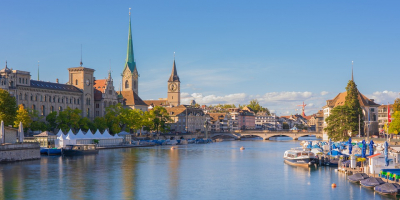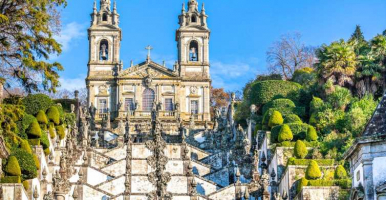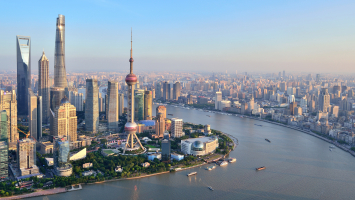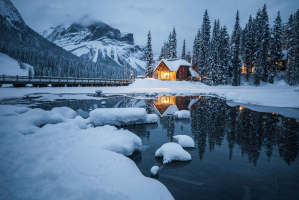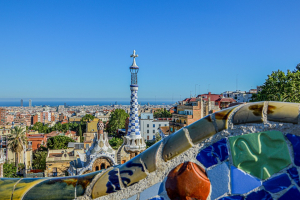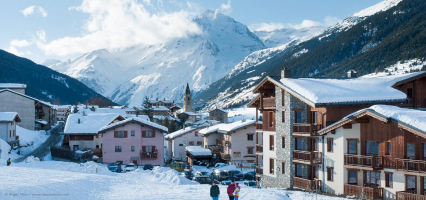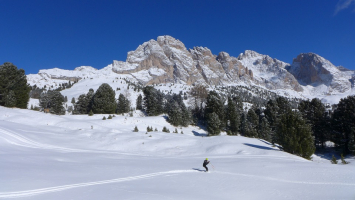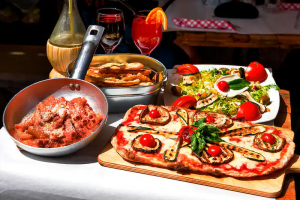Top 10 Smallest Countries in Europe
The smallest countries in Europe are often referred to as microstates or ministates. These countries are sovereign states that have a very small area and ... read more...population. Are you curious which are the smallest countries by area in Europe? Let's read the top 10 below to get more information!
-
Vatican City is an independent landlocked country and city-state in Rome, Italy. It is the smallest state in the world, both in terms of area and population, with an area of 49 hectares (121 acres) and a population of approximately 764 as of 202312. The Holy See, an ecclesiastical or sacerdotal-monarchical state administered by the Pope, the bishop of Rome and head of the Catholic Church, governs the country.
Vatican City's official languages are Italian and Latin, with Italian serving as the de facto national language. Catholicism is the country's religion, which also serves as its state religion. The highest state officials are all Catholic clergy from varied backgrounds.
Many notable landmarks can be found in Vatican City, including St. Peter's Basilica, the Sistine Chapel, and the Vatican Museums. These historical sites are known for their aesthetic and architectural wonders.
The greatest time to visit Vatican City, according to The Times, is during the winter months, from November to February, when crowds are thinner and the weather is colder. Weekends and school holidays are best avoided because they are busier. Wednesdays should also be avoided because that is when the Pope holds a papal audience. Because tour buses tend to arrive in the mornings, it's best to visit in the afternoon.Area: 0.17 square miles (0.44 km²)
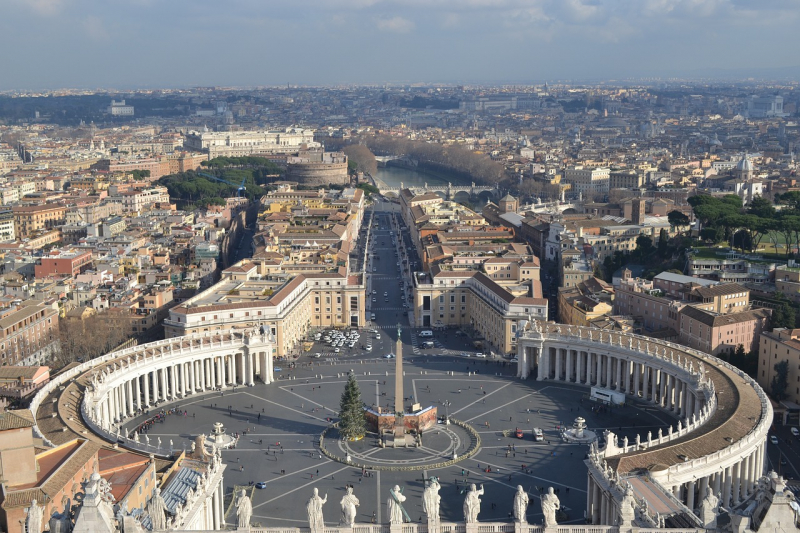
Photo: pixabay 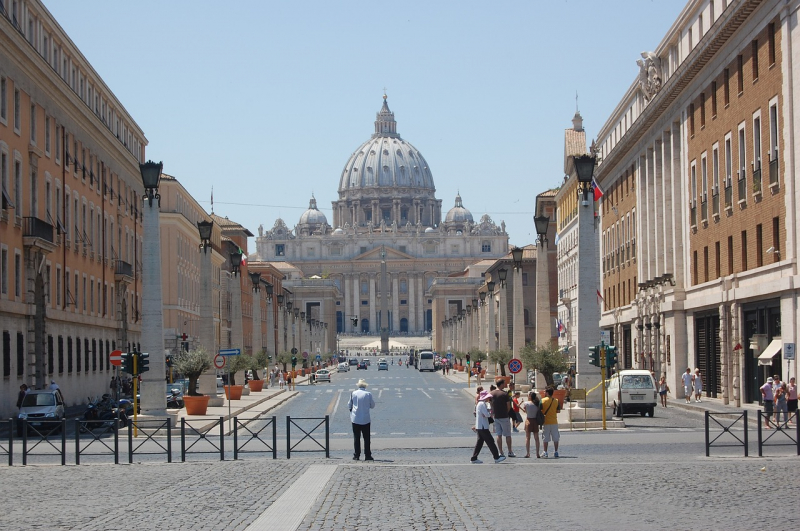
Photo: pixabay -
Monaco is a sovereign city-state in Western Europe, located on the French Riviera. It is the world's second-smallest country by area, with an area of 2.02 square kilometers (0.78 square miles) and a population of approximately 39,000 people as of 2021. The country is ruled by a constitutional monarchy, with Prince Albert II serving as the country's head of state.
Monaco's official language is French, however Italian and English are frequently spoken as well. The country's religion, which also serves as its state religion, is Roman Catholicism.
Monaco is well-known for its opulent lifestyle, high-end apparel, and stunning surroundings. The Monte Carlo Casino, the Prince's Palace of Monaco, and the Oceanographic Museum are among the country's most recognized structures.
Monaco is best visited between April and June, or September and October. The weather is warm during these months, and the crowds are thinner. The busiest months are July and August, when many tourists travel to the country for its beaches and nightlife. The winter months, from November to March, are particularly ideal for a visit because the weather is still pleasant but there are less people.Area: 0.78 square miles (2.02 km²)
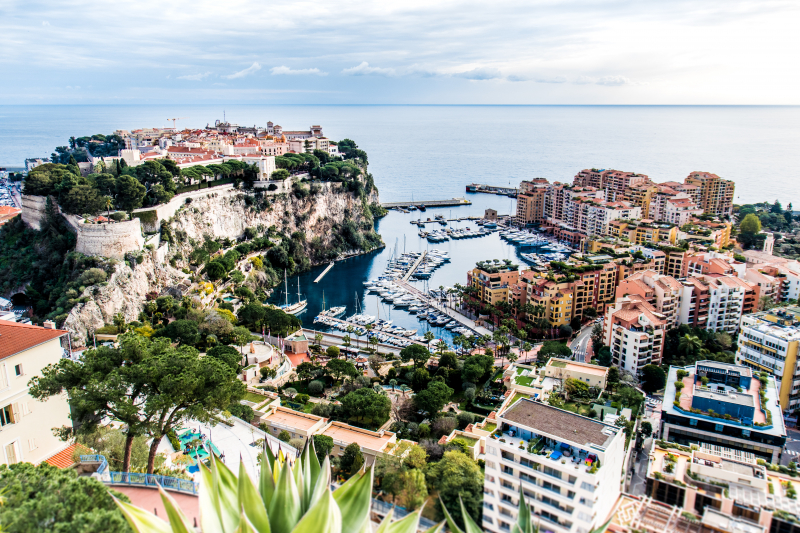
Photo: unsplash 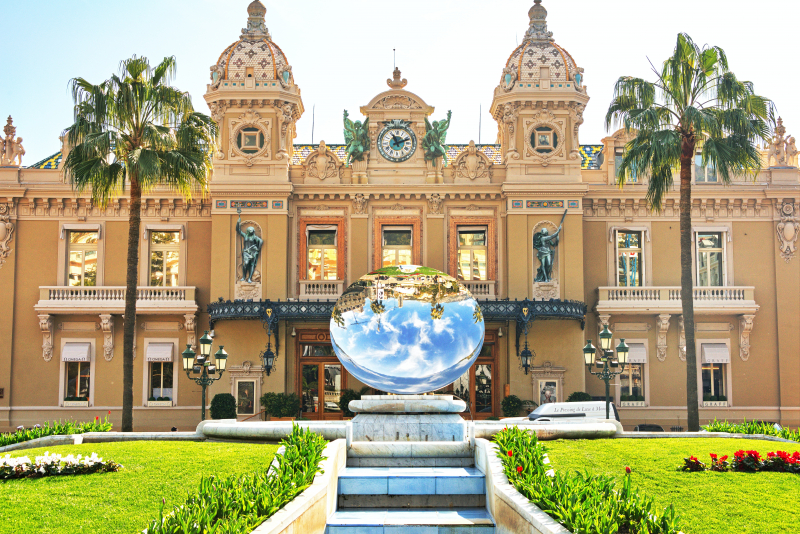
Photo: unsplash -
San Marino is a sovereign state in Southern Europe, surrounded on all sides by Italy. It is the third-smallest independent state in Europe, behind Vatican City and Monaco, and the world's smallest republic until Nauru's independence (1968).
San Marino is irregularly shaped and has a maximum length of 8 miles (13 km) from northeast to southwest. It is intersected by the streams Marano and Ausa (Aussa), which go into the Adriatic Sea, and the San Marino stream, which flows into the Marecchia River. The Apennine Mountain range forms the country's mountainous geography, with no significant naturally flat ground.
The country enjoys a warm Mediterranean climate, with yearly temperatures averaging 61 degrees Fahrenheit (16 degrees Celsius) and approximately 60 days of rain. Monthly average temperatures range from 50 degrees Fahrenheit (10 degrees Celsius) in January to 75 degrees Fahrenheit (24 degrees Celsius) in August.
San Marino is a multiparty unitary republic with a single legislative body (the Great and General Council). The Great and General Council elects two Captains Regent every six months to serve as the head of state. Alessandro Scarano and Adele Tonnini are the current Captains of Regent.Area: 23.63 square miles (61.16 km²)
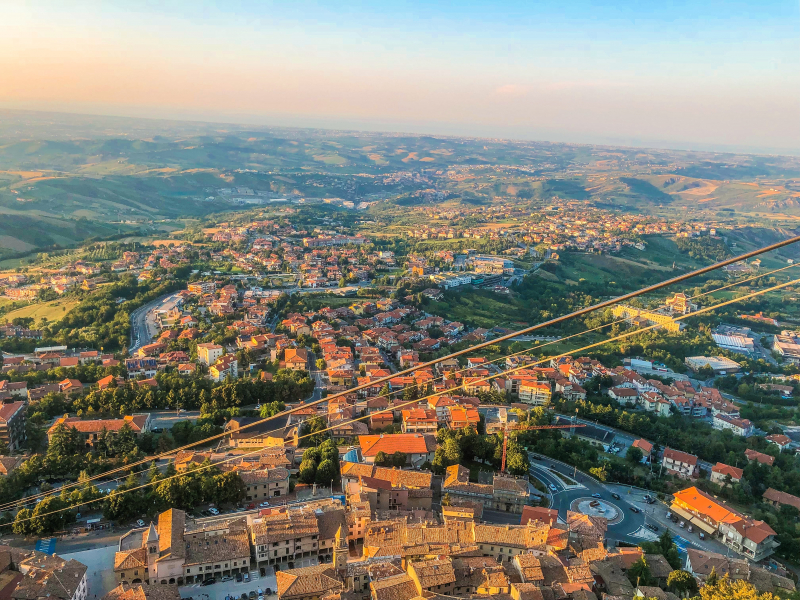
Photo: unsplash 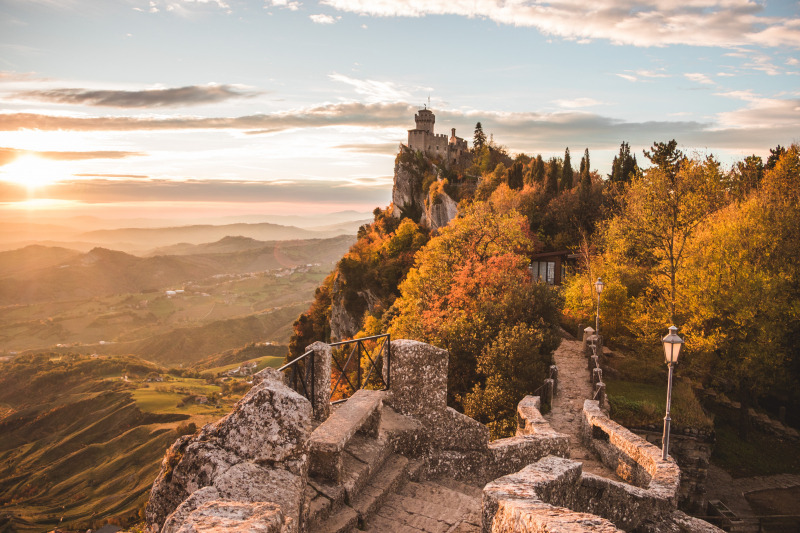
Photo: unsplash -
Liechtenstein is a sovereign state in Europe's alpine region, sandwiched between Switzerland and Austria. With an area of slightly over 160 square kilometers (62 square miles) and a population of 38,387 (as of 2022), it is the sixth-smallest nation in the world and the fourth-smallest country in Europe.
The prince of Liechtenstein reigns over a semi-constitutional monarchy. The country is a unitary parliamentary semi-constitutional monarchy with direct democracy components. Prince Hans-Adam II is the head of state, and Prime Minister Daniel Risch, assisted by the Council of Government, is the head of government.
The country's official language is German, and its currency is the Swiss franc. When adjusted for purchasing power parity, Liechtenstein has one of the highest GDP per capita in the world. The country has a robust financial sector, concentrated in Vaduz, which was once renowned as a billionaire tax haven but is no longer on government blocklists of uncooperative tax haven countries.Area: 62.15 square miles (160.47 km²)
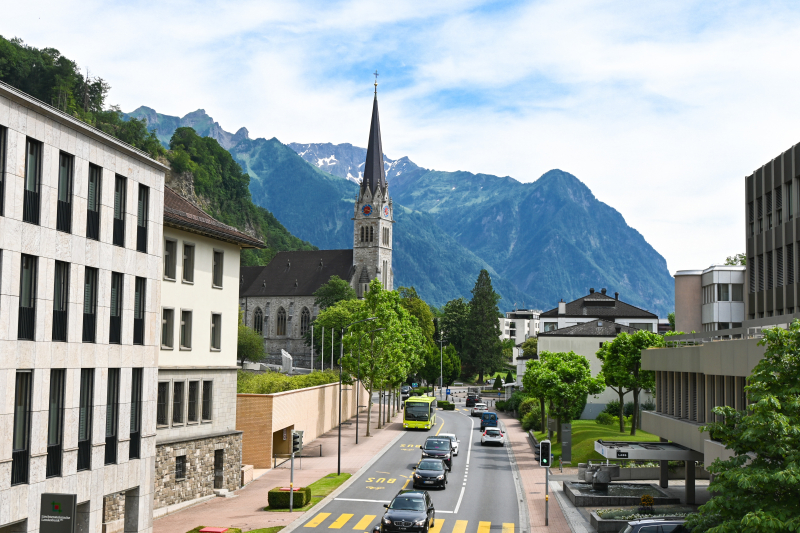
Photo: unsplash 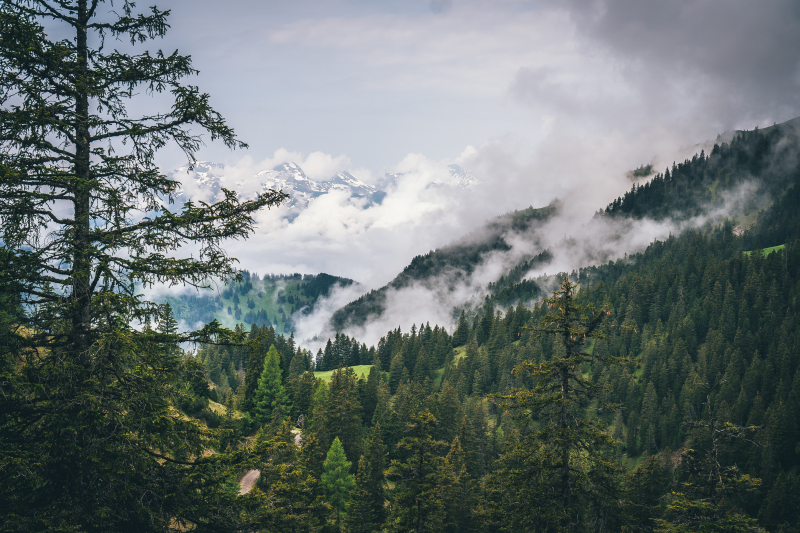
Photo: unsplash -
Malta is a sovereign state in the Mediterranean Sea's central region, south of Sicily and east of Tunisia. It is a three-island archipelago comprising Malta, Gozo, and Comino. With influences from the Phoenicians, Greeks, Romans, Arabs, Normans, Sicilians, Knights of St. John, French, and British, the country has a rich history and culture.
Malta's climate is Mediterranean, with moderate winters and scorching summers. In January, the average temperature is 57°F (14°C), whereas in August, the average temperature is 82°F (28°C). The country's geography is varied, with rough coastlines, sandy beaches, and rocky coves.
The country is well-known for its ancient treasures, such as the Megalithic Temples of Malta, among the world's oldest free-standing constructions. Malta is particularly famous for its celebrations, such as the Carnival of Malta and the Feast of St. Paul's Shipwreck.
Malta is a parliamentary republic with a single legislative chamber (the House of Representatives). President George Vella is the head of state, and Prime Minister Robert Abela is the head of government. Although it is the country that has the 5th smallest area in Europe, Malta is an excellent choice for those interested in history, culture, and natural beauty.Area: 122 square miles (316 km²)
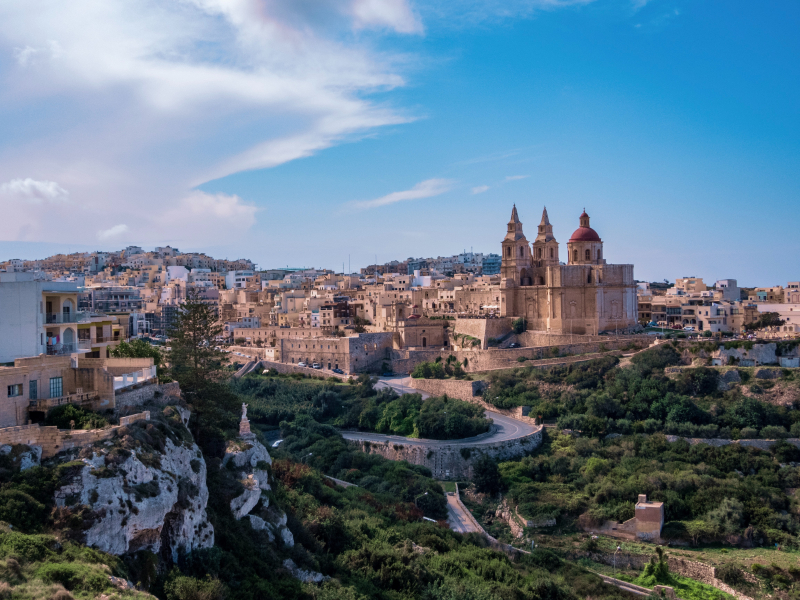
Photo: unsplash 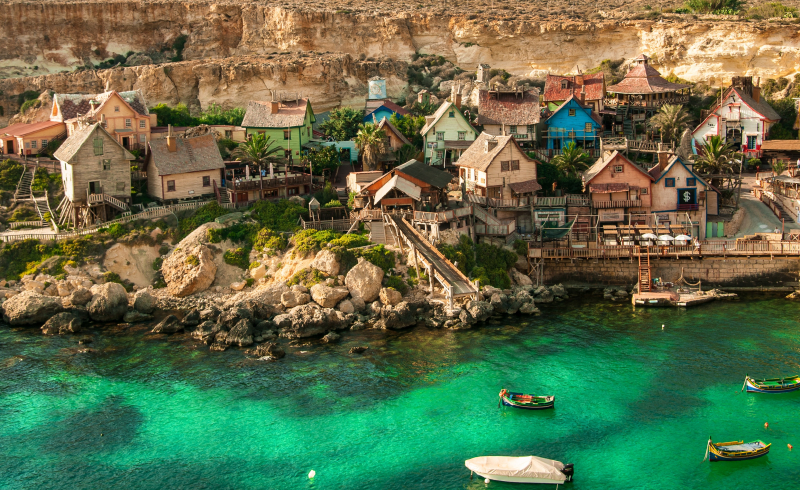
Photo: unsplash -
Andorra is a sovereign landlocked microstate in Europe's eastern Pyrenees Mountains, bordered to the north by France and to the south by Spain. It has the sixteenth-smallest land area globally and the sixth smallest in Europe.
Andorra is a hilly country with an average elevation of 6,500 feet (2,000 meters) above sea level. The climate in the country is continental, with chilly winters and mild summers. In January, the average temperature is 32°F (0°C), whereas in July, the average temperature is 68°F (20°C). The country's economy is mainly focused on tourism and duty-free shopping, with visitors drawn to the country's ski resorts and duty-free shopping opportunities. Andorra is also noted for its Romanesque art, with numerous examples nationwide.
Andorra is a legislative co-principality with two heads of state: Spain's Bishop of Urgell and France's President. The country has a single legislative body (the General Council). Prime Minister Xavier Espot Zamora is the leader of the government, who the Council of Ministers aids.
Area: 181 square miles (468 km²)
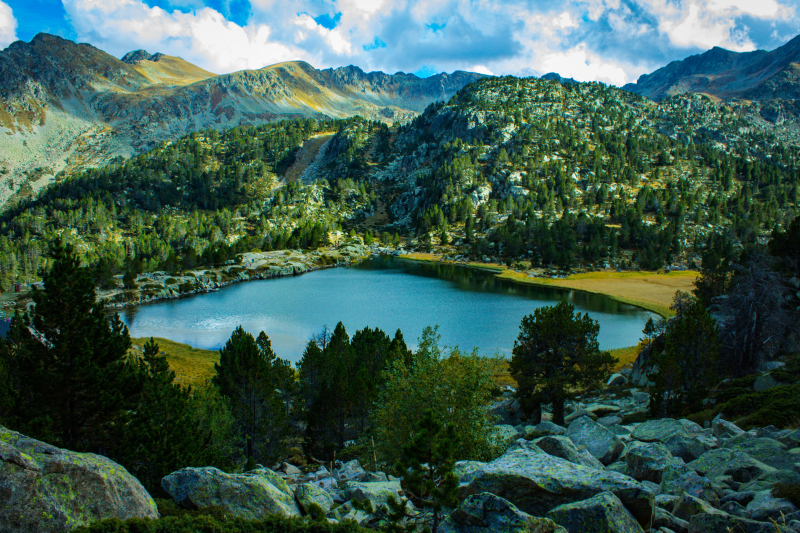
Photo: unsplash 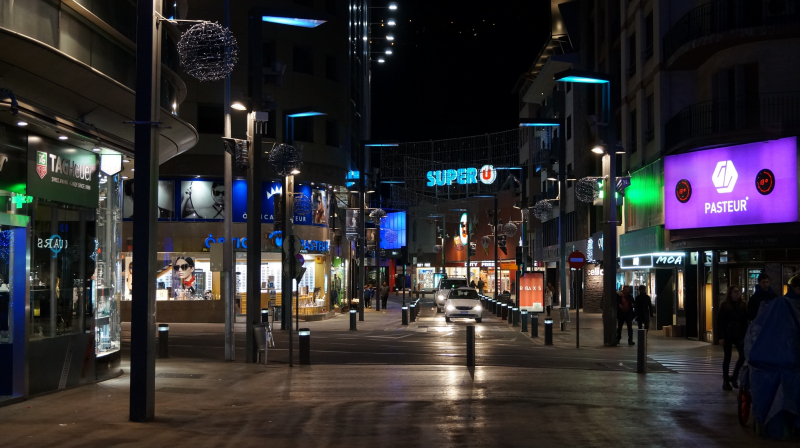
Photo: unsplash -
Luxembourg is a sovereign country in Western Europe, bounded to the west and north by Belgium, to the east by Germany, and to the south by France. It is Europe's seventh smallest country by land size and the world's only remaining sovereign Grand Duchy.
Luxembourg's climate is temperate maritime, with warm winters and chilly summers. In January, the average temperature is 32°F (0°C), whereas in July, the average temperature is 64°F (18°C). The country's geography is varied, with undulating hills, forests, and rivers.
The country is famous for its medieval castles, such as the Vianden Castle, one of the largest defended castles west of the Rhine. Luxembourg is also well-known for its wine production, with over 40 vineyards spread across the country.
Luxembourg is a parliamentary democratic monarchy with a single legislative chamber (the Chamber of Deputies [60]). Grand Duke Henri is the head of state, and Prime Minister Xavier Bettel, aided by the Council of Government, is the head of government. Luxembourg's official languages are Luxembourgish, French, and German. Luxembourgish is the country's official language, and most people speak it; however, French and German are also commonly spoken. English is also widely spoken, particularly in business and tourism.
Area: 998 square miles (2,586 km²)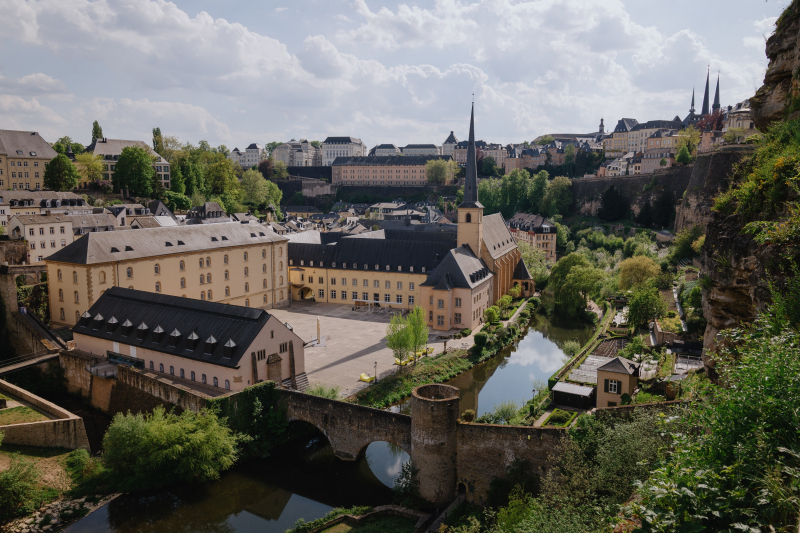
Photo: unsplash 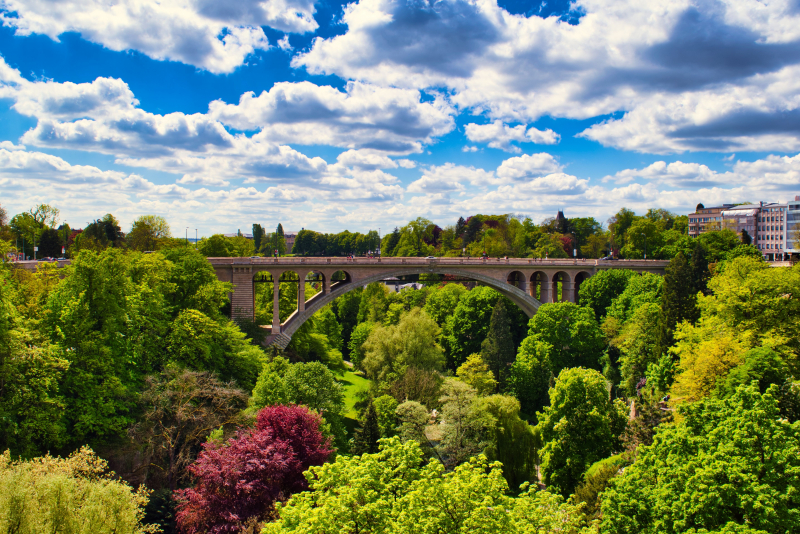
Photo: unsplash -
Cyprus is a Mediterranean island country in the eastern Mediterranean Sea, south of Turkey and west of Syria and Lebanon. With an area of 3,572 square miles (9,241 km2) and a population of around 1.2 million, it is the third largest and third most populous island in the Mediterranean.
Cyprus's climate is Mediterranean, with moderate winters and scorching summers. In January, the average temperature is 57°F (14°C), whereas in August, the average temperature is 82°F (28°C). The country's geography is varied, with rough coastlines, sandy beaches, and rocky coves.
The country is well-known for its beaches, notably Nissi Beach, one of the island's most popular. Cyprus is also notable for its wine production, with over 50 wineries spread over the island. Cyprus's official languages are Greek and Turkish. With over 80% of the inhabitants speaking Greek as their first language, it is the island's most widely spoken language. Turkish is spoken by around 20% of the population, particularly in the island's north.Area: 3,572 square miles (9,241 km²)
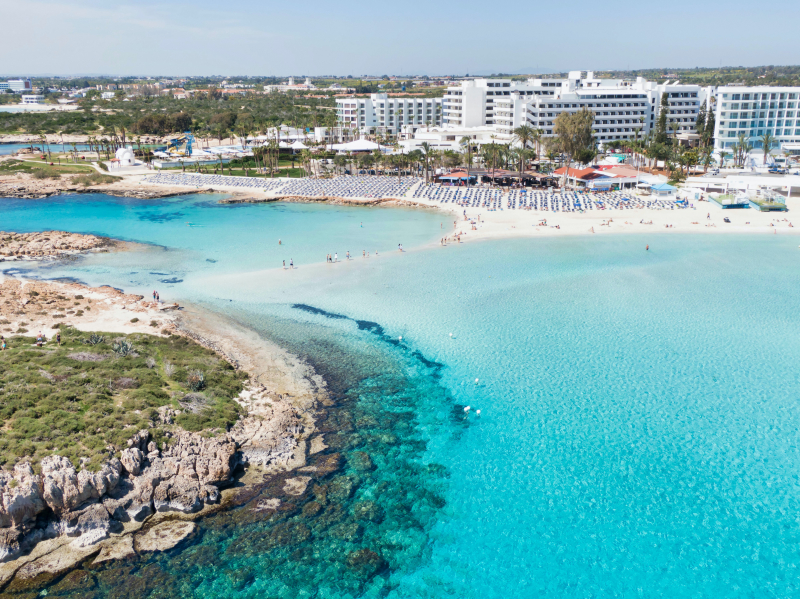
Photo: unsplash 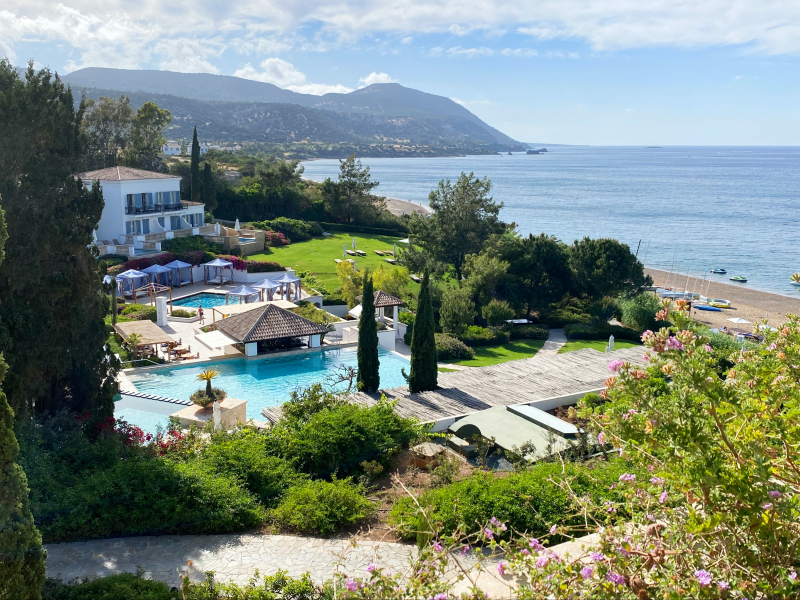
Photo: unsplash -
Kosovo is a sovereign state in Southeastern Europe, bordering to the north and east by Serbia, to the northwest by Montenegro, to the southwest by Albania, and to the southeast by North Macedonia. It is the smallest country in the Balkans regarding land area and the ninth smallest in Europe.
Kosovo's climate is continental, with chilly winters and hot summers. In January, the average temperature is 30°F (-1°C), whereas in July, the average temperature is 75°F (24°C). The country's scenery is varied, with rocky mountains, gentle hills, and lush plains.
Kosovo is well-known for its historical sites, including the UNESCO World Heritage Site Graanica Monastery. The traditional cuisine of Kosovo includes dishes such as burek (a savory pastry), flija (a layered pancake), and tav kosi (a baked lamb dish). The country's scenery is varied, with Rocky Mountains, gentle hills, and lush plains. Kosovo is also famous for its rugby union team, which has competed since 2010.
Kosovo is a parliamentary representative democratic republic with a single legislative chamber (the Kosovo Assembly). President Vjosa Osmani is the head of state, and Prime Minister Albin Kurti, assisted by the Cabinet of Ministers, is the head of government.Area: 4,212 square miles (10,908 km²)
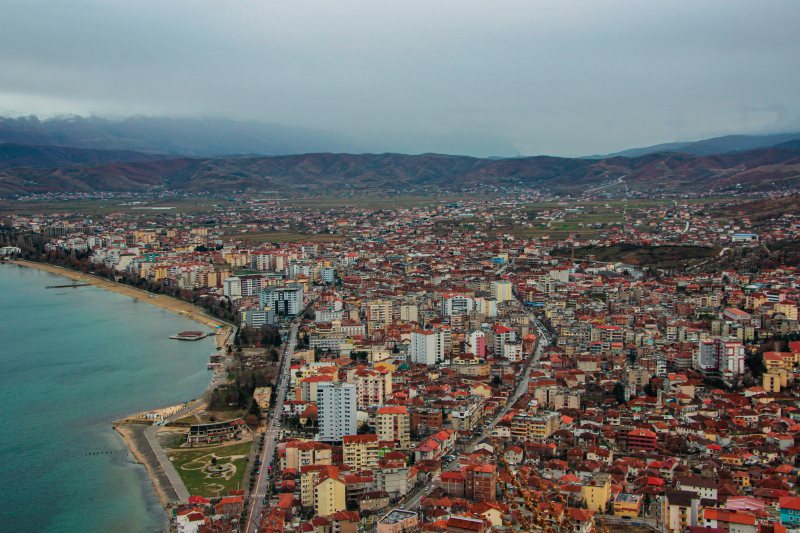
Photo: unsplash 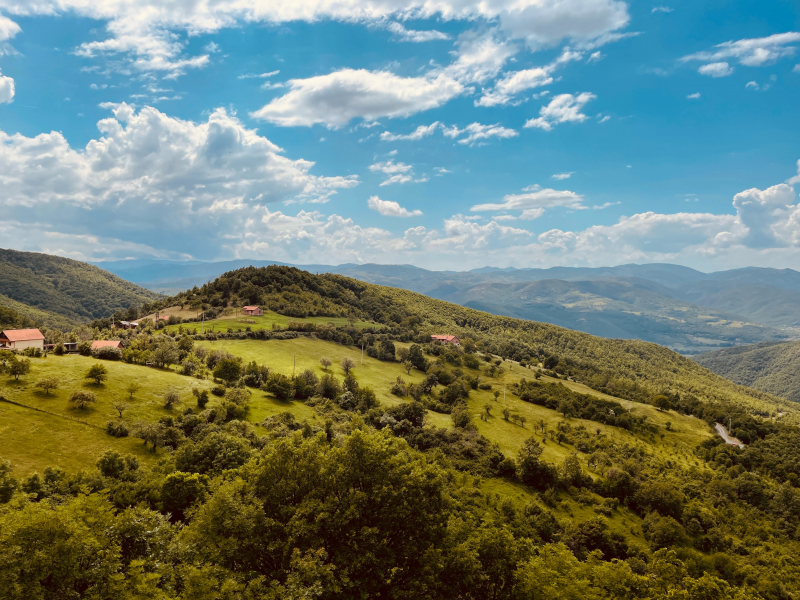
Photo: unsplash -
Montenegro is a sovereign state in Southeastern Europe, bordering to the northwest by Bosnia and Herzegovina, to the northeast by Serbia, to the east by Kosovo, to the southeast by Albania, and to the southwest by the Adriatic Sea. It is Europe's tenth smallest country by land area, with a population of around 628,000. Montenegrin is the official language of Montenegro. In addition, Serbian, Bosnian, Albanian, and Croatian are extensively spoken in the country.
Montenegro is a lovely country with a rich history and culture, making it an ideal holiday destination. The country boasts a pleasant Mediterranean climate with mild winters and scorching summers, making it an excellent year-round destination. Montenegro is well-known for its natural beauty and breathtaking scenery. The country's geography is varied, with rocky mountains, undulating hills, and sandy beaches.
With its beautiful mountain ranges, deep gorges, and glacial lakes, the Durmitor National Park is one of Montenegro's most popular tourist destinations. Another famous destination is the Bay of Kotor, which has a lovely shoreline and charming settlements. Montenegro is also noted for its ancient sites, such as the Ostrog Monastery, a primary pilgrimage site in the Balkans.
Area: 5,333 square miles (13,812 km²)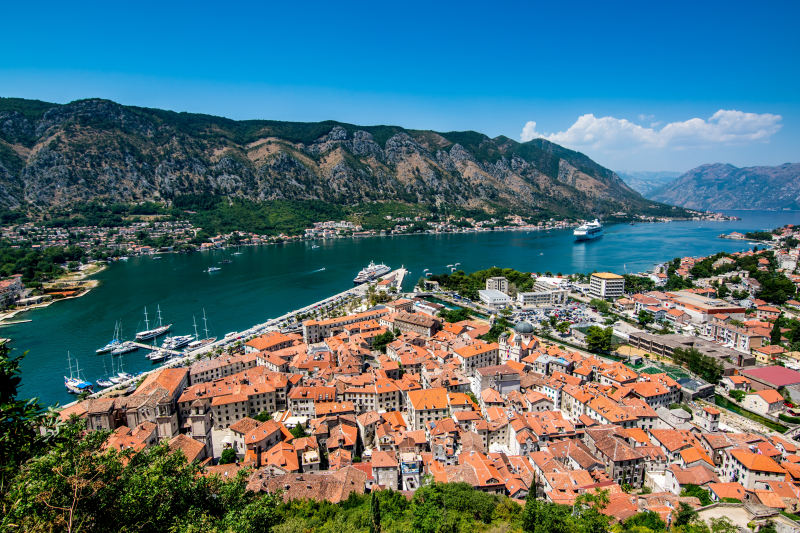
Photo: unsplash 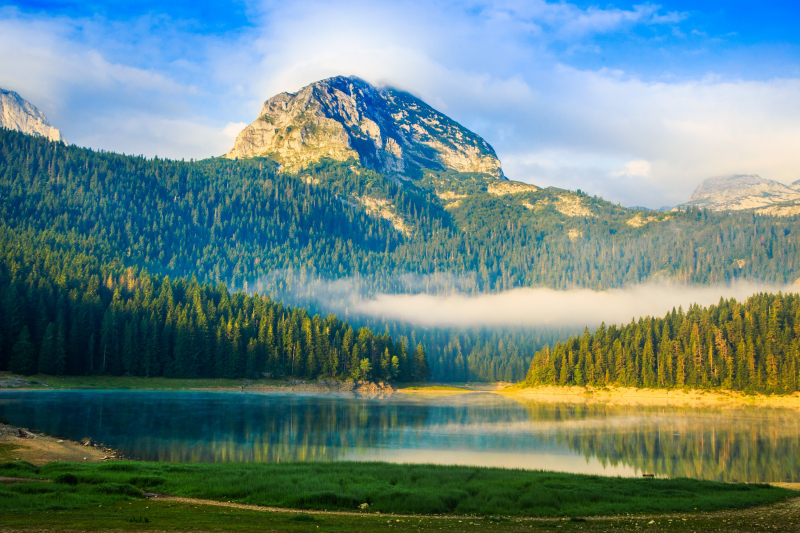
Photo: unsplash












